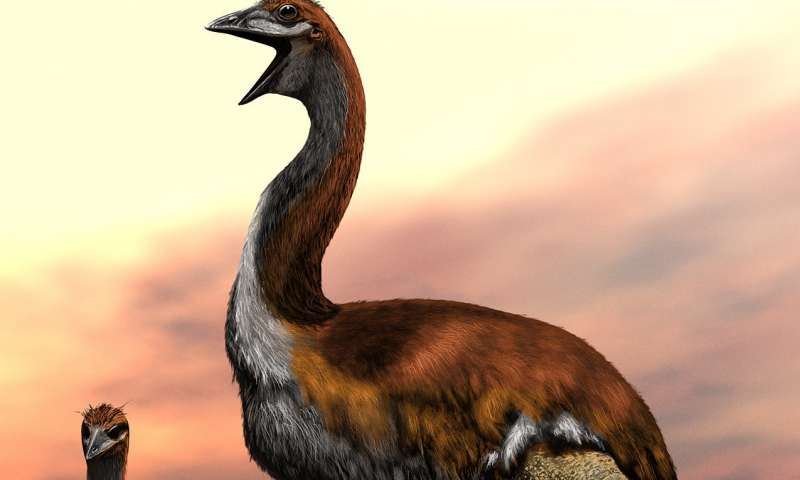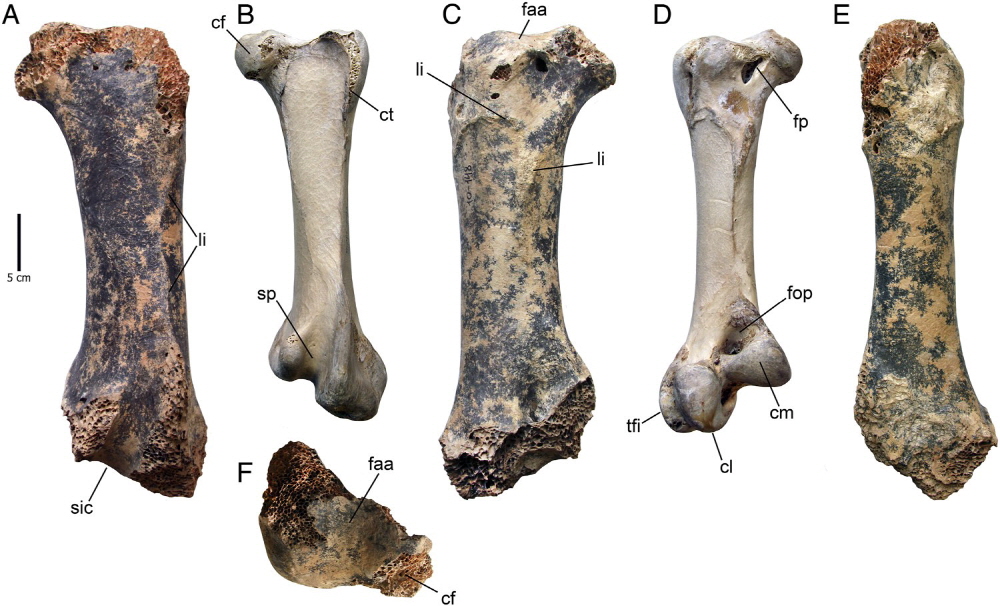
The ostrich is the largest of modern birds. Sucket is 2.5m high and weighs 150kg. However, in the Crimea, fossils of algae, estimated to be over 3m long and weighing 450kg, far exceed the size of such an ostrich were discovered. The large algae discovered so far have been concentrated in the southern hemisphere, but the fossils discovered this time suggest that large algae may have inhabited the northern hemisphere as well.
In the summer of 2018, a cave was accidentally discovered during the construction of a highway on the Crimean Peninsula, and the research team conducted an excavation investigation. The research team is a mammoth or hyena. In addition to fossils such as horses and wolves, they discovered huge bird fossils.
The ostrich is famous as a giant bird, but there were Giant Moa in New Zealand, Aepyornis in Madagascar Island in Africa, and Dromornis in Australia. However, these giant algae fossils have been found mainly in the southern hemisphere. It is far from the Crimean Peninsula, which was the stage this time.
The giant bird fossil that the research team discovered was supposed to be an elephant bird, but analysis of the bone shape revealed that the shape was completely different from that of an elephant bird. The research team announced that this giant algae was given the scientific name Pachystruthio dmanisensis.

The fossil discovered this time is the largest of the largest algae found in the northern hemisphere. Estimating the size according to the fossils, the length is 3.5m and the weight is 450kg. In terms of weight, it is twice that of the Giant Mower, three times that of an ostrich, and twice that of a polar bear.
There have been 5 discovery of giant bird fossils in the northern hemisphere, but all are concentrated around the Black Sea. It is being studied whether the bird found on the Crimean Peninsula is homologous to the giant bird found in Georgia and is related to the ostrich. The research team points out the possibility that Pakistruthio demanisensis can run fairly quickly in the shape of the fossils discovered this time. As can be seen from the discovery of the Sabel Tiger fossil at the same time as this fossil, it is believed that large predators were also inhabited during the period when Pachystrutio Dmanisensis lived on the Crimean Peninsula. Accordingly, the research team is hypothesizing that Paquistruthio demanisensis may have developed aura to avoid such large predators.
Also, all the fossils discovered this time are enshrined in a cave. The research team estimates that Homo erectus, a kind of human genus, ate Pakistratio demanisensis near the Black Sea. Meanwhile, the world’s largest bird ever discovered is the elephant bird, Vorombe (top of the photo), with an estimated body length of 3m and an estimated weight of 860kg. Related information can be found here .

